When the price of food falls really low I get suspicious. I am even more suspicious when spokesmen from the supermarkets tell us we should be happy about it as Justin King, the Chief Executive of Sainsbury's did on the Today programme last Tuesday morning. Usually price cuts on commodities like bread and milk signal a deterioration in food quality and, or, food trading practices. Somebody or something will be loosing out.
In this case it is the farmers and their cows. As the price of milk in supermarkets falls, as it has done from £1.39 to £1.00 for two litres, it puts pressure on farmers to cut the price of milk at the farm gate. This means cuts have to be made elsewhere on the farm for the production of milk to stay economically viable or else the farm goes out of business.
I went to talk to Emma Robinson and Ian O'Reilly at Gazegill Organic Farm, just over the Lancashire border in Rimington to find out more about why I should pay more for my pint of milk rather than less.
At Gazegill Farm Emma and Ian have a herd of 60 shorthorn cows which Emma milks twice a day. They are grass fed for most of the year. "The cows graze on meadows that have not been ploughed for at least 300 years" says Emma."The composition of the milk varies according to the season and the diet of the cows and this affects the flavour of the milk" she added.
Short horn cows are beautiful cows known for the milk they produce which is rich in omega three fatty acids and perfect for making cheese and drinking. It has a good flavour.

Shorthorn cows
Emma knows all the cows individually and takes great care when she milks them. Their teats are sterilized each time they are milked, she observes them carefully for signs that they may be unwell, she talks to them and makes sure they are not put under stress. They respond to her as if they know her. "If a stranger comes into the milking parlour than the cows will be tetchy" Emma adds.
Emma likens cows to elephants in that they look after each other, they create bonds with each other and the humans around them and, they don't forget.
I asked Emma and Ian about drinking 'raw'milk which has not been pasteurised or homogenised. "The milk is safe to drink. It is tested regularly for E.Coli 0157 and the milking parlour is very clean."
"Because the cows are grass fed they are less likely to incubate E.Coli 0157 which is associated with grain fed, intensively reared cows" Ian tells me.
They give me some raw milk to try and I love the flavour. It costs £1.25 per litre which makes it twice the price of supermarket milk. But it is worth it and have signed up for a regular delivery.
Jenny Linford, a friend from the Guild of Food Writers has just published a beautiful book called 'the Creamery Kitchen' which entices readers to discover the age old tradition of making fresh butters, yogurts, creams and soft cheeses at home.
I grew up with a Mum that made yogurt at home and so Jenny's book prompted me to make some first with whole raw milk and then with lactose free milk for people who are lactose intolerant (see my other blog www.cookingforhesensitivegut.com)
.
The lactobacillus in yogurt removes most of the lactose in milk anyway so most people who are lactose intolerant can eat a small amount of yogurt.
Both yogurts turned out really well. They tasted mild, not too acidic and quite creamy to taste.
Another great adventure I had with yogurt was making my own Greek yogurt. Inspired by the two Sam Clarks who describe how to make a version of thick Greek yogurt in their Moro cookbook. Basically you take two litres of whole milk, and heat it gently in a pan until it has been reduced to half its original volume, skimming off any skin that forms on the surface along the way. You then use this milk according to the recipe described below. It makes fabulous yogurt if you find yourself with a glut of whole milk.
Here is a link to my original article written for the

PS.....
I took the opportunity to spend some time in the lambing sheds with the ewes nursing their one day old lambs. The ewes were calm and trusting and were reasonably happy for me to photograph them.





...the lovely Gloucester Old Spots bounded up to me at the gate and started chewing my wellies!


